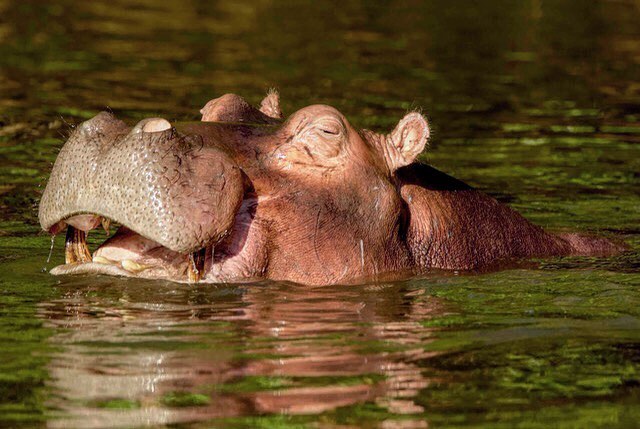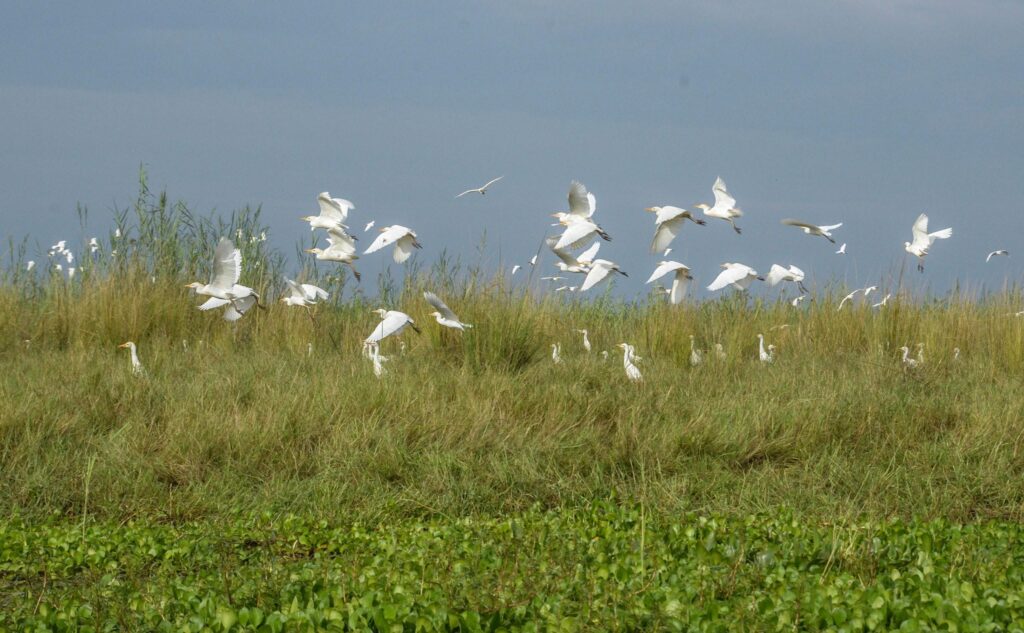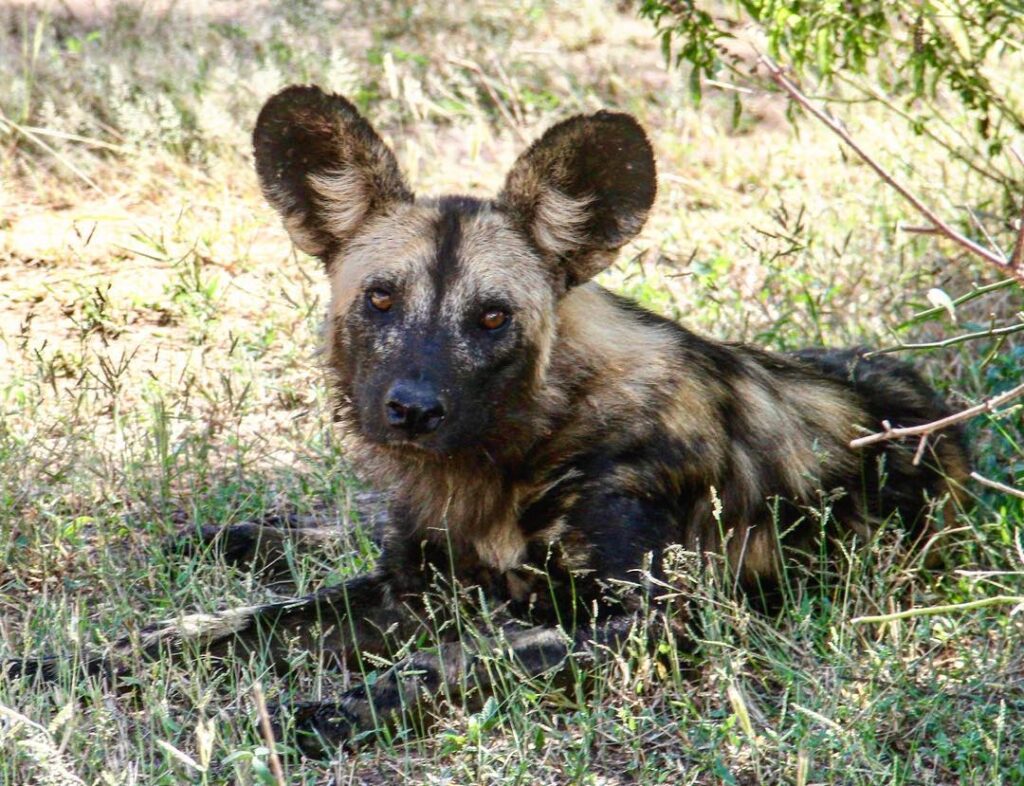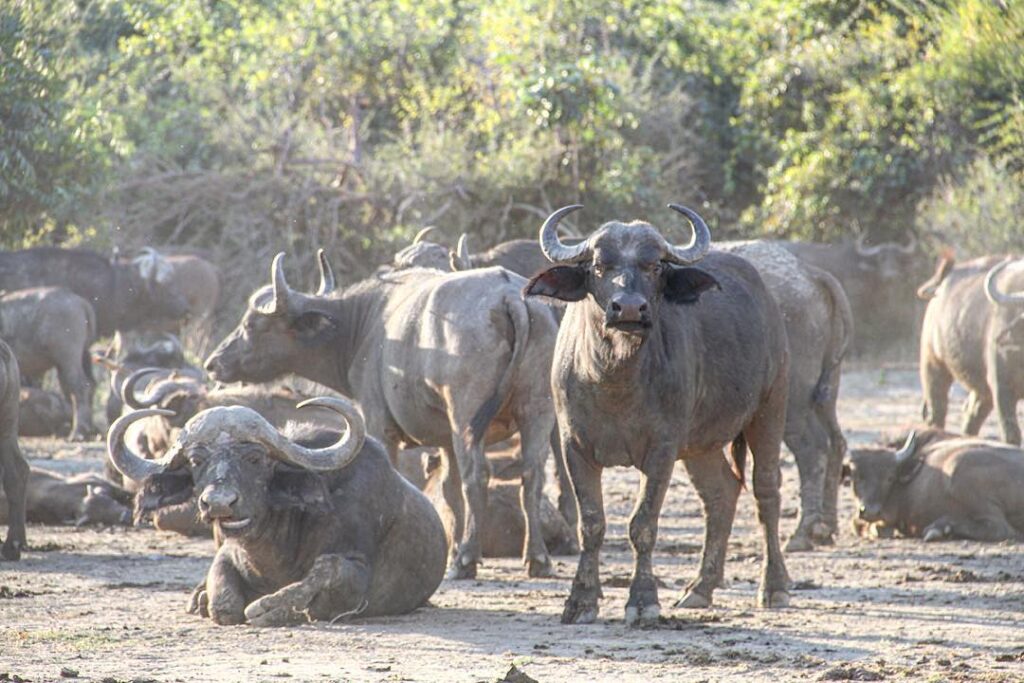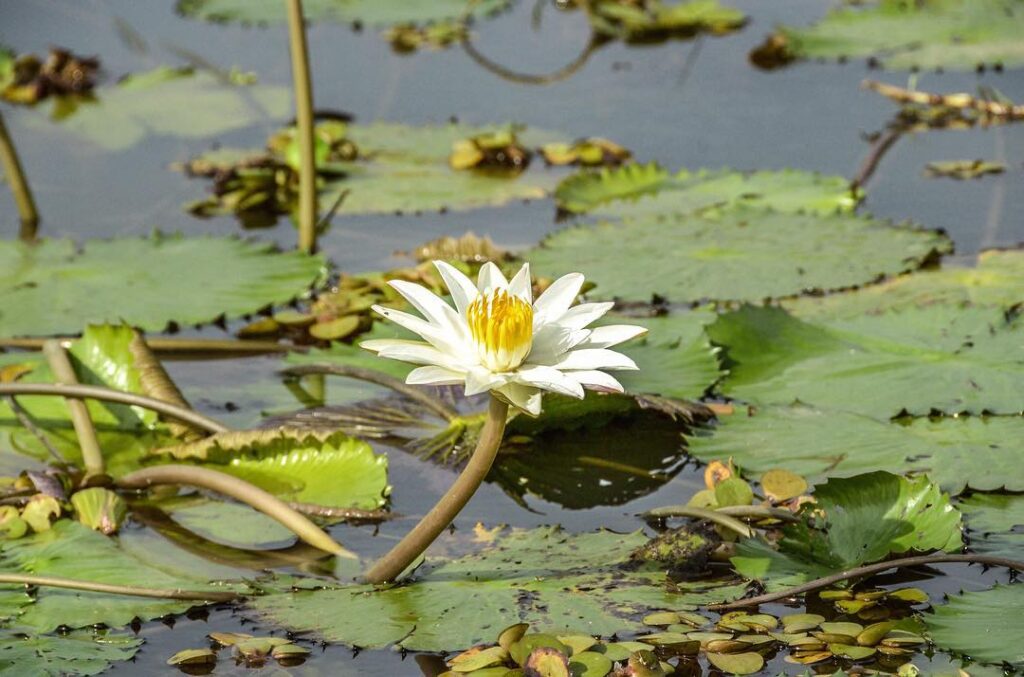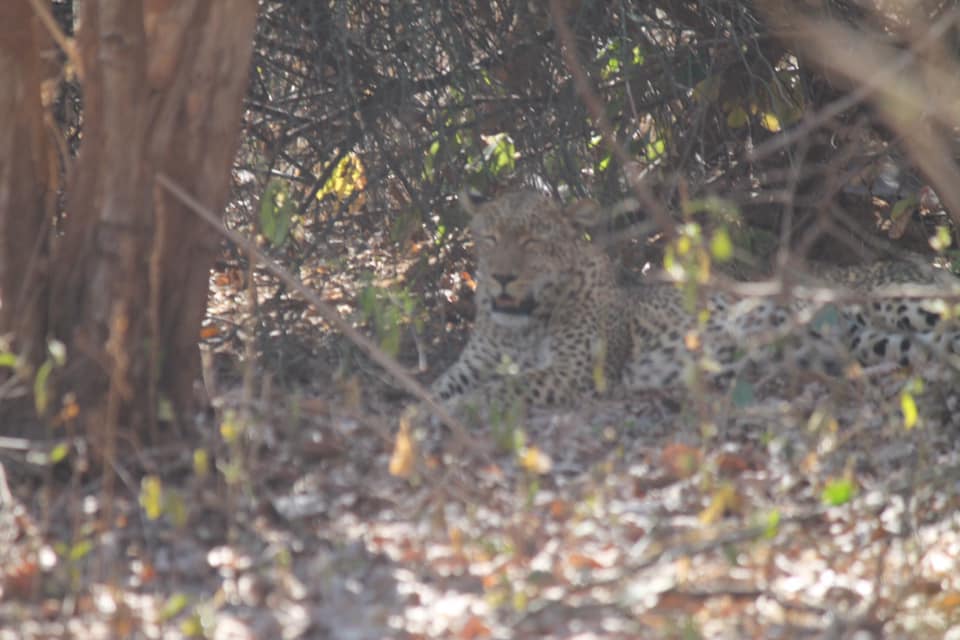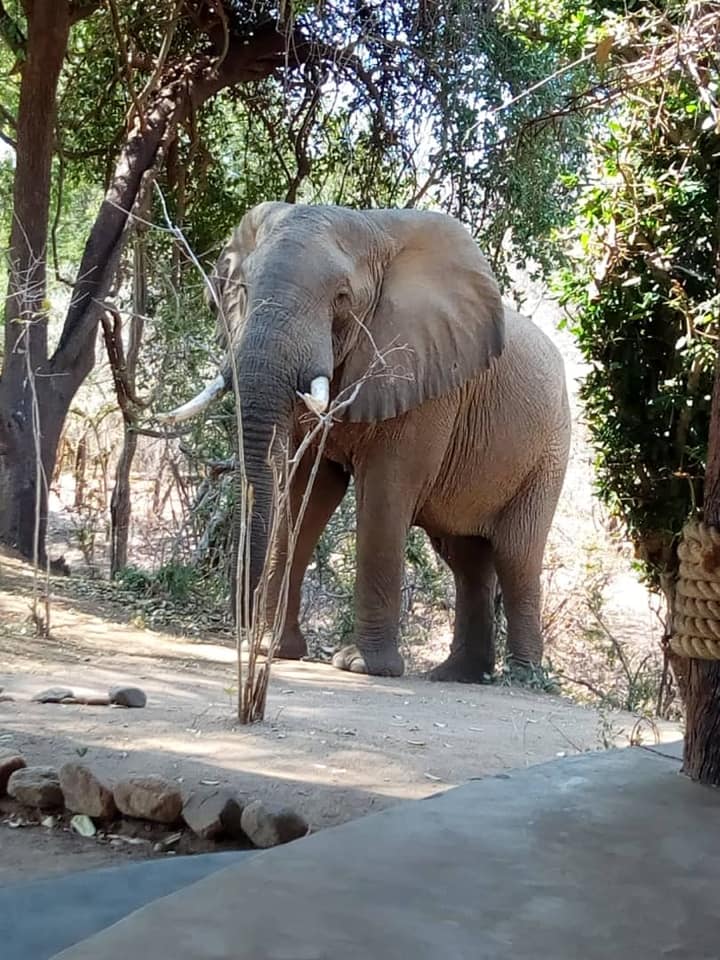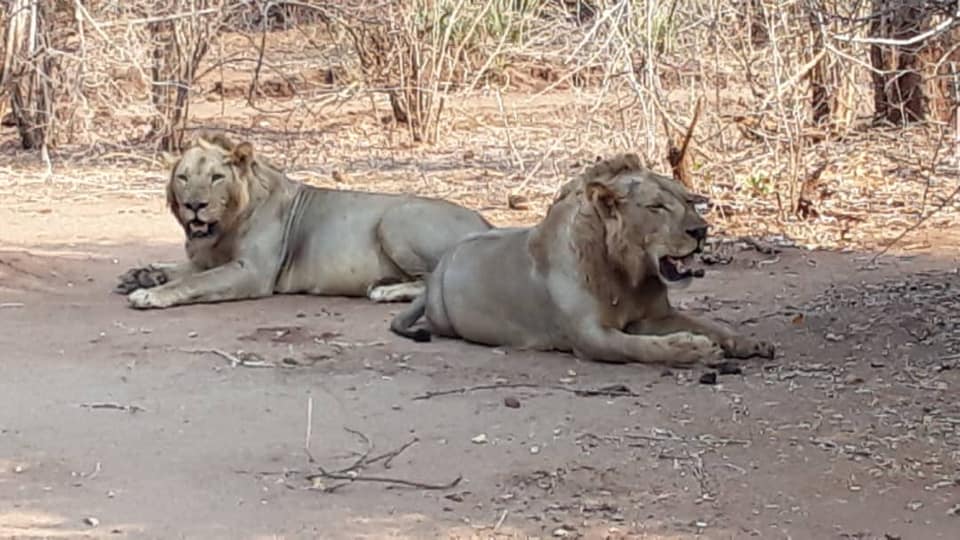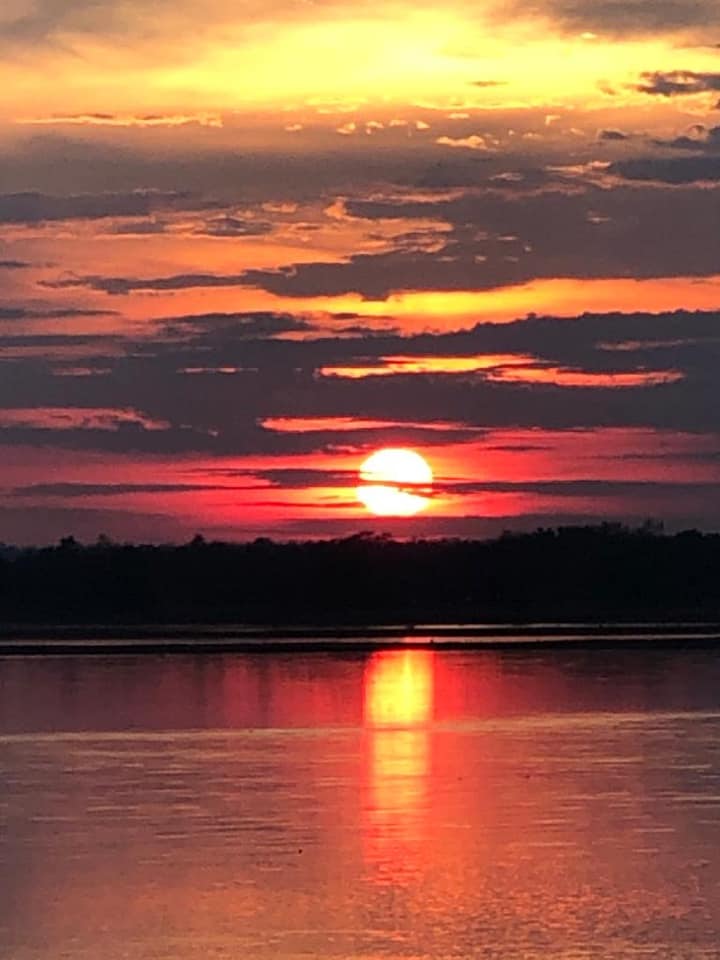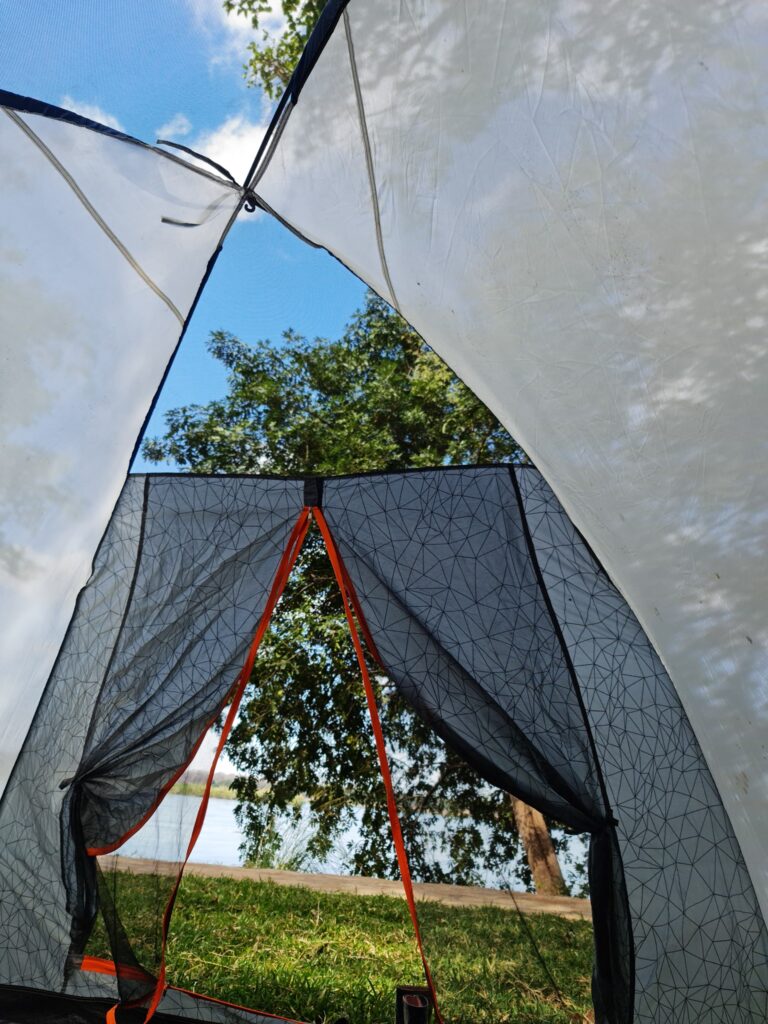Come to a place where animals roam the unfenced safari camps, where Africa’s most unspoilt nature stretches out in front of you, where traces of people are hard to find and where nighttime is about sitting under an incredibly black sky, dotted with countless stars. Welcome to Zambia’s Lower Zambezi National Park.
It is the draw-card of Lower Zambezi: the remoteness of this eastern part of Zambia. The Lower Zambezi National Park, founded in 1983, covers an area of 4,092 square kilometers along the northwestern bank of the Zambezi River. Step on board on a boat or drift silently pass the riverbank in a canoe for the best wildlife viewing, since most wildlife is concentrated around the Lower Zambezi Valley and the river. Elephant herds, sometimes up to one hundred strong, hippo, leopard, lion, buffalo, over 400 bird species – they all gather in this mesmerizing wilderness.
Overview
Wildlife, Safari, Boating, Fishing and Adventure!
What makes this park a great destination for a safari is the concentration of wildlife around the water. The Lower Zambezi covers a vast area of 4,092 square kilometers, but most of the game is concentrated along the valley floor. There is also an escarpment along the northern end, which acts as a physical barrier to most of the park’s animal species.
Itinerary
Settle in and see what you can get started with.
Use this day to discover more about the wilderness with the set activities on this trip!
Your Day to do some last few activities as you prepare to check out!
The Trip Cost Includes
- - Accommodation for 2 nights
- - Tour Guide
The Trip Cost Excludes
- - Meals (Self Catering)
- - Transport from Lusaka (or any other place) to the National Park (Only when trip is booked on the calendar of activities)
Frequently asked Questions
Expand/Close
Be in good health and ensure you carry any medicines you may need.
You can travel by Road or by Air. All onward connections to the national park are facilitated by Proflight Zambia.
Travelling by Road? Then ensure you use a 4×4 vehicle to avoid getting stuck.
April to October – Dry season
Pros:
+ The thick bush thins out and wildlife is easier to spot.
+ Animals will gather around the river.
+ Best time to visit the Victoria Falls (if combining).
+ Expect bright days and lots of sunshine.
+ Less chances for malaria, since there are fewer mosquitos.
Cons:
– Victoria Falls are more crowded.
– The air can be dusty and arid.
November to April – Wet Season
Pros:
+ A lush and green landscape.
+ Fewer tourists
+ Spot some cute newborn animals.
+ Birdwatching is at its best.
Cons:
– The heat and humidity can be intense.
– Wildlife viewing can be more challenging.
– The flow of the Zambezi River is at its lowest and the Victoria Falls are maybe not more than a dribble.
Yes, you can charge batteries at the hosting lodge.
No. There are no ATMs in the park. You are advised to have cash and to buy any of your essentials in advance before getting here.
Yes. Internet can be accessed in most places though sometimes, it can be intermittent.
1) Lower Zambezi landscape
If you look at the flora of the Lower Zambezi, you immediately understand why this is such a great place to see a lot of wildlife in a relatively small area. While much of the park is covered with thick bush – which makes game viewing difficult – there is little permanent water in these areas. So, where does wildlife go? It gathers around the Zambezi River.
2) The Big Four (lion, elephant, buffalo, leopard)
3) Birdlife in Lower Zambezi National Park
Whether you are already a hardcore bird-enthusiast or never thought about ‘birding’ before in your life: after your first safari to the Lower Zambezi, birds will win over your heart. The come in so many shapes and sizes: 378 species have been recorded here, including many species of eagle, heron, stork and bee-eater.
4) The Zambezi River
With lots of fish and popular for Tiger Fish.
Taking care of your health on safari in Lower Zambezi
For a carefree safari to Lower Zambezi National Park it is important to be aware of some of the possible health risks. We advice you to read the health precautions in advance so that you don’t get surprised when travelling. On this page we provide an overview of the most important things you should know.
LowerZambezi.com has devoted itself to provide you with the most accurate information on healthcare in Zambia as possible. We strongly encourage you to get in contact with proper health authorities for the most recent medical information related to Zambia. Zambia generally is a very hygienic country: compared to other African countries the chances of getting sick are very limited. However, you are at greater risk than back home as you might encounter different bacteria.
HEALTH PRECAUTIONS PRIOR TO DEPARTURE
When you use medication and need to bring it on your holiday, make sure to bring a health card that states you need the medication and keep it with your other important travel documents. This to prevent your medication being mistaken for illegal drugs.
Make sure to contact your local medical authorities prior to departure, such as a hospital or other health services. A last minute trip to South Africa shouldn’t be a problem for a person in normal health. If your trip is really last minute, you could even choose to visit the travel clinic at the airport before departure. Be sure to always bring your vaccination documents, if you have these. Of course, it’s best to arrange vaccinations well in advance if at all possible.
MALARIA
Malaria does occur in this area of Zambia. For advice on the use of any malaria prophylaxis, we refer you to one of the health authorities or local travel clinic. In addition to any prophylactics we recommend the following mitigation measures: cover your arms, legs and feet in the evenings, apply a mosquito repellent containing DEET and use mosquito net. The mosquito net should ideally be impregnated with insect repellent. If -despite these precautions- you feel feverish during or after your your stay in a malaria-area, always contact a physician.
VACCINATIONS
Vaccinations against DTP (diphteria, tetanus en polio) and Hepatitis A are reommended. Most people received DTP vaccinations as a child. After a new shot you don’t need another one for another ten years or so. De normal Hepatitis A vaccination is only effective for a limited amount of time. When you travel frequently to Heaptitis A countries it is advised getting a longer lasting vaccination (such as Havrix). Typhoid vaccination is recommended if you intend to stay more than thee months in Zambia. Vaccinations against yellow fever is recommended only when you are travelling from an infection zone (risk countries such as Tanzania and DR Congo) via South Africa.
HEALTHCARE ON LOCATION
Aside from getting the proper vaccinations and making sure you are in good health before departure, it is also important to prevent illness while you are in Zambia. Remaining alert of possible threats and contacting a doctor in case of concern are two basic practices that can help ward off disease.
TRAVELLER’S DIARRHEA
Change in your daily routine, climate and food can upset your digestive system. Normally you should be back onyour feet after a short while of taking it a bit easier and making sure you drink enough. You might also take some ORS (Oral Rehydration Salts) tablets dissolved in water to ensure that you do not dry out, this is especially important for children and older travellers. If diarrhea persists for more than two days, or when you are also experiencing other discomforts, please contact a phycisian.
BILHARZIA
Avoid infection by tiny worms by not swimming in still standing water.
HYGIENE
Treat small wounds seriously: keep an eye on them and disinfect when necessary. Do not scratch any mosquito bites as they might get infected. Always apply sunscreen, also in winter. Do not wear bright colours and strong perfumes as these attract insects.
SUNSTROKE
The African sun can be ferociously strong. Avoid sunstroke by covering your head with a hat or cap and by wearing sun glasses. Always have a bottle of water with you, especially when hiking or during an activity. If you believe that you may have a sunstroke (lightheadedness or headaches may indicate this), have a drink, sit in the shade and stay there for a while if possible.
HEALTHCARE AFTER YOUR RETURN HOME
If you are feverish, bowel problems or other physical discomforts after your return home (up to several months after your flight back), please contact your doctor as soons as possible and indicate that you have been travelling. If you’ve spent a lot of time with the local population, you may need a Mantoux or TB test.
(Lower Zambezi.com)
